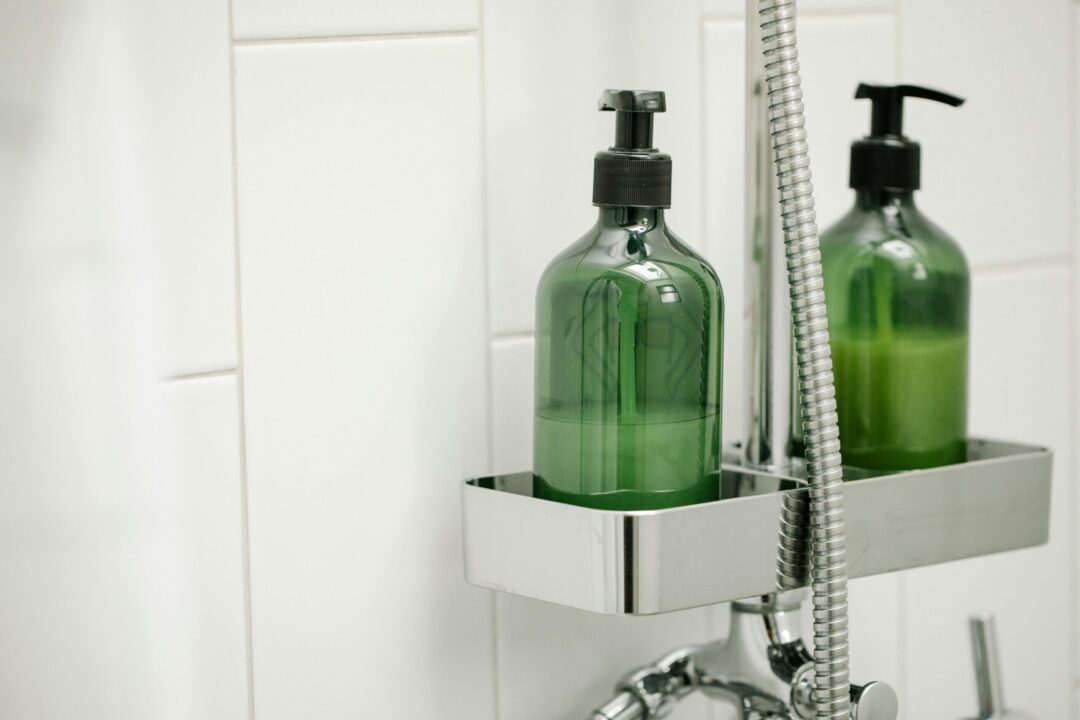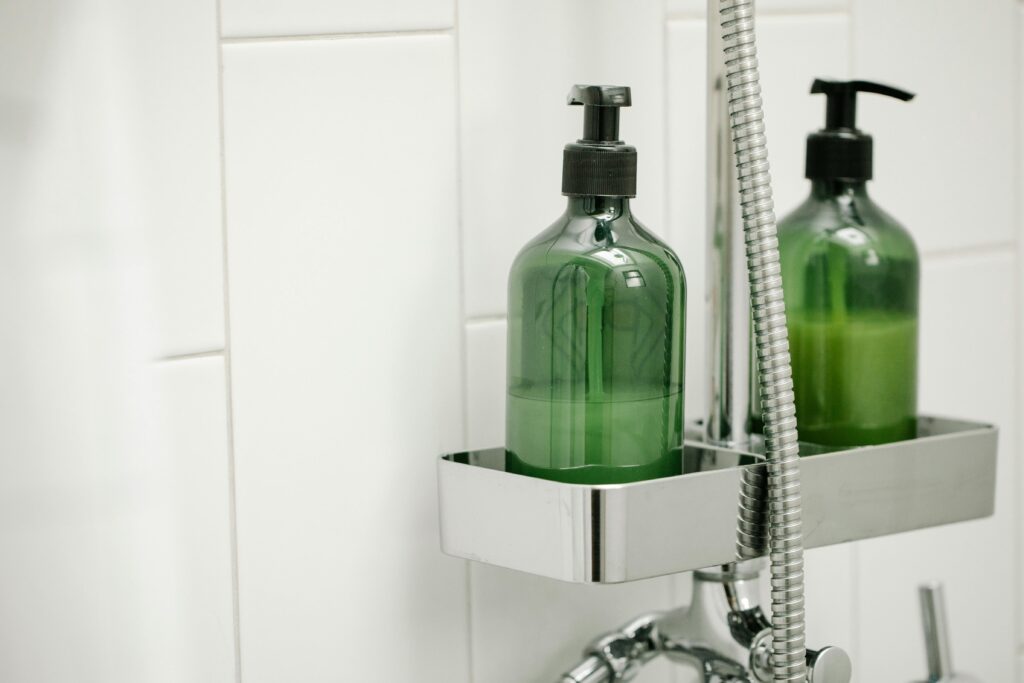How to Clean Fungus from Walls: Your Ultimate Guide to Winning the Mold Battle

Fungus on Walls? It’s Not a Mushroom Farm!
If you’ve ever walked into a room and noticed some odd, fuzzy patches creeping up your walls, you might be wondering, “What in the world is that?” Spoiler alert: it’s not a new wallpaper trend. Fungus on walls (often called mold or mildew) is not only unsightly but also potentially harmful to your health. But don’t panic—we’ve got the ultimate guide on how to clean fungus from walls, so you can reclaim your space and breathe easy.
Now, before we jump into the step-by-step guide, let’s take a moment to understand why your walls are hosting this unwanted guest. Mold thrives in humid, warm environments, which is why places like bathrooms, basements, and even kitchens are prime real estate for the little fungi.
Step-by-Step: How to Clean Fungus from Walls
Time to roll up your sleeves (and maybe throw on some gloves). Here’s how to clean fungus from walls and kick those moldy invaders to the curb.
Step 1: Gather Your Tools (No, You Don’t Need a Sledgehammer)
You don’t need a whole toolbox, but you will need a few essentials to tackle the fungus:
-> Protective gear: Gloves, mask, and eye protection—because mold is not something you want to shake hands with.
-> Cleaning solution: You can use white vinegar, hydrogen peroxide, or a commercial mold cleaner. (More on that soon!)
-> Scrub brush or sponge: For that elbow grease action.
-> Bucket and cloths: To wipe away the mess.
-> Plastic sheeting: To cover nearby furniture or flooring.
Step 2: Identify the Extent of the Fungus (Don’t Just Pray It Disappears)
Before you start scrubbing away, take a moment to inspect the walls. If the fungus is confined to a small area, you’re in luck. However, if it’s spread across large areas, you might want to call in the professionals for mold remediation—after all, we’re experts at this.
Step 3: Prepare Your Cleaning Solution
Now, let’s talk about how to clean the fungus off your walls. The solution you use depends on your preference and what you have on hand:
-> Vinegar: This kitchen staple is a mild acid that can kill most types of mold. Pour undiluted vinegar into a spray bottle and spritz it directly on the affected areas. Let it sit for about an hour.
-> Hydrogen Peroxide: If you’re dealing with stubborn mold, grab the hydrogen peroxide (3%). Spray it on the walls and let it sit for 10-15 minutes.
-> Commercial Mold Cleaner: If DIY solutions aren’t your thing, there are plenty of commercial cleaners available. Look for one that’s designed specifically for moldy walls.

Step 4: Scrub the Fungus Away
Once your cleaning solution has had time to work its magic, grab a scrub brush or sponge and start scrubbing the affected area. Use gentle circular motions to remove the fungus. Don’t go overboard—remember, we’re cleaning, not demolishing your walls!
Step 5: Rinse and Dry
After you’ve scrubbed the fungus off your walls, rinse the area with clean water and dry the walls thoroughly with a cloth. Fungus loves moisture, so make sure the area is dry to prevent it from coming back.
Step 6: Consider Painting
If you want to really keep the fungus at bay, consider applying a mold-resistant paint or anti-fungal primer. These products create a protective barrier, preventing mold from making an encore performance on your walls.
Preventing Fungus Growth in the Future
Cleaning up mold is one thing, but preventing it from returning is a whole different battle. Here are a few tips to keep those fungus guests away for good:
1 – Control Humidity: Use a dehumidifier in high-moisture areas, like bathrooms and basements, to keep humidity levels in check.
2 – Ventilate: Open windows or use exhaust fans to circulate air and keep the room dry.
3 – Fix Leaks: Address any leaks or water issues promptly—water and mold are best friends!
4 – Seal Your Walls: After cleaning and drying, applying a protective mold-resistant paint can help prevent future outbreaks.
Does Bleach Work for Fungus on Walls?
Ah, bleach—the go-to mold-fighting superhero. But does it really do the trick for fungus on walls? Yes, bleach can kill surface mold, but it doesn’t penetrate porous surfaces like drywall. So, while it can give you an immediate visual cleanup, it won’t necessarily address the root of the problem.
If you’re dealing with persistent fungus on walls, it’s best to use a specialized cleaner or call in the pros for a more thorough mold removal.
When to Call in the Pros
If you’ve tried DIY methods and the fungus keeps coming back, or if you’re dealing with large-scale mold infestations, it might be time to call in the professionals. Mold remediation experts can help identify the source of the problem and safely remove any fungus without causing further damage to your walls or health.
For expert mold remediation services in Pennsylvania, don’t hesitate to reach out to us at Mold Remediation PA. We’re here to help get your walls fungus-free and looking fresh!

Final Thoughts: Fungus, Be Gone!
Cleaning fungus from your walls doesn’t have to be a stressful chore. With the right tools and solutions, you can tackle that mold head-on and keep it from coming back. Remember, it’s all about keeping your home dry, well-ventilated, and vigilant in your cleaning efforts.
Got stubborn fungus that just won’t budge? Don’t hesitate to contact us at Mold Remediation PA. We’ll have your walls looking fresh and fungus-free in no time!